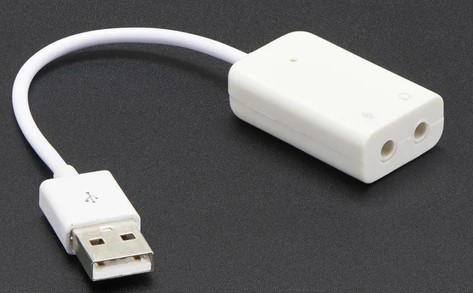10.1 Receive and transmit audio - Mumble
Introduction
With a web based system, an audio link for receive and transmit audio allows the use of an operating position remote from the transceiver. The technology is referred to as VOIP (Voice Over Internet Protocol).
VOIP was a late addition to piWebCAT in mid January 2021.
I searched the internet for suitable bidirectional VOIP packages and chose to use Mumble.
Mumble is a free, open source. low latency, high quality voice chat application.
The Mumble website is: https://www.mumble.info
Mumble uses a VOIP server which can communicate with multiple clients.
Client software is available for Windows, Linux, Android and Apple IOS.
Mumble is not part of piWebCAT. It operates alongside piWebCAT but is separate from it.
Other suitable VOIP applications could probably be used with piWebCAT.
I needed a VOIP application to present piWebCAT with remote operating capability and Mumble does the job.
In learning and evaluating Mumble, I fairly quickly achieved Rx and Tx audio communication between my FTdx101D and my Levono Yoga 710 laptop, a 10 inch Android tablet and my S6 ageing S6 mobile phone.
Security
Mumble uses secure encryption for audio transmision.
Automatic generation of a security certificate is provided in the mumble client installation process.
A password is set in the server installation process and a matching password can be used in the client.
However, I use the option of operating with a secure certificate for encryption but no login / password process.
This allows auto start of Mumble processes on the RPi without any keyboard /mouse access.
In piWebCAT, I have already stated my opinion that security is not an issue when communicating with a transceiver.
However, if you disagree with this view then change to your own passwords.
(You may feel the need to do this if operating across the internet.)
Communication with the transceiver
The RPi has an audio-out socket but no audio input. I used an USB audio adapter purchased from PiHut for £4.50. I made up a cable with two 3.5mm audio leads to connect to the data-in and data-out pins of the 6-pin RTTY/DATA socket on the rear of my FTdx101D. A rig menu option selects SSB input from the rear connector instead of mic. socket. |
|
The FTdx101D also has Rx audio available via USB ... which I can select in the RPi mumble configuration.
However, I can't locate speech input via USB, so it is simpler to use analog audio with the adapter for both Rx and Tx.
Note that the Mumble audio pathway delays audio in both direction. This can be up to a second on receive.
It makes tuning on receive feel slightly odd - until you get used it. In particular, SSB pitch change is slightly delayed
as you tune.
